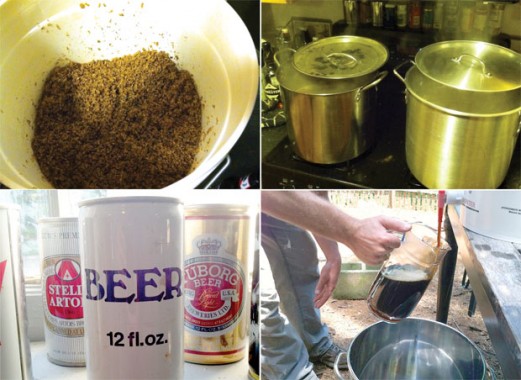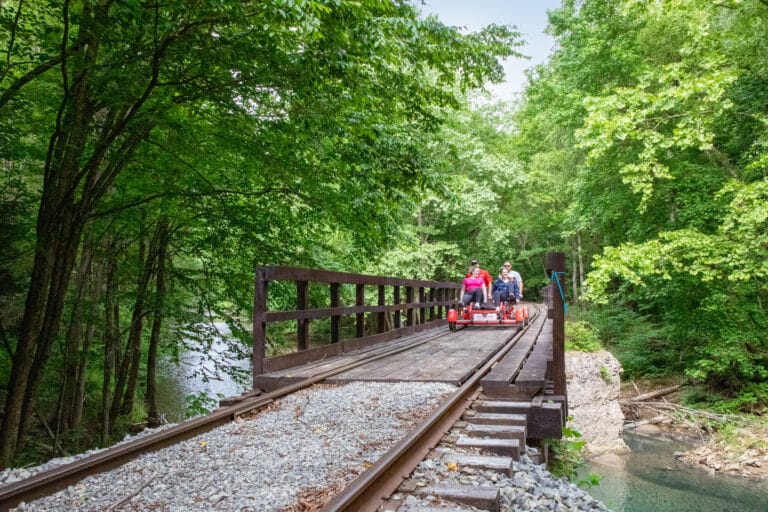“So easy, a caveman can do it!”
Well, maybe not that easy, but consider this: the first record of brewed beer dates back to 3500 B.C. As soon as humans began sowing cereal grains, they began transforming those grains into beer. From Mesopotamia to mountain monasteries, the history of beer is as old as civilization itself and almost as diverse. The beverage has changed over the millennia, but the beauty of beer is its simplicity. It only takes a few ingredients – in Germany you can only use three: water, barley, and hops – and a little time, and voila, you got yourself some beer.
The recent popularity explosion in craft beer has had a similar effect on the popularity of homebrewing. Brewing beer in your basement may not have the lore of backwoods moonshining, but it was illegal until 1979 when Jimmy Carter passed a law allowing small batches to be brewed at home. Fitting that a peanut farmer would sign this bill considering beer has been credited with the rise of cultivation and farming. People needed more beer, so they made settlements and planted more grain, and in turn formed more complex societies and even gave rise to civilization as we know it. At least that’s how the theory goes.
You don’t have to be a student of sociology to enjoy brewing your own beer at home, however. There are plenty of companies selling beer-making kits of varying degrees of difficulty but virtually all beer, commercial and domestic, is made the same way:
WORT
The first step in brewing beer is forming your wort. This process involves extracting the sugar from the grain you are using. Essentially, you are steeping crushed grain in hot water and harvesting the “tea” that results. This darkly tinted sugar water is your wort, the backbone of your beer.
BOIL
Once you have your wort, it’s time to boil. Water is extracted during the boiling process, making the liquid more condensed. Boiling also kills any enzymes or bacteria present in the wort.
HOPS
During the boiling stage, hops are added in various stages. Hops added at the beginning contribute bitterness; hops added at the middle contribute flavor; hops at the very end contribute aroma.
FERMENTATION
Once the boil is finished, the final mixture is cooled and racked into the primary fermenter, where the yeast is added to jump start fermentation. During the fermentation process, the yeast and wort turn itself into beer and particles settle out to the bottom.
CARBONATION
Once the beer has finished fermenting – a week to a month, depending on the beer – the brew needs to be carbonated. This can either take place in the sealed bottle with a little sugar added, or in a keg system.
DRINK
You can figure this one out on your own. •








